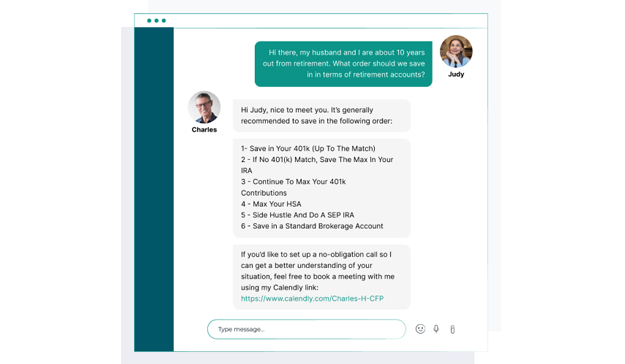The current cash debt coverage ratio is a liquidity ratio that measures the efficiency of an entity’s cash management. It ratio shows a company’s relation to the operating cash flow received during an accounting period with the current liabilities it needs to clear. In other words, the current cash debt coverage ratio measures the entity’s ability to pay off its debts with the operating cash inflow it receives during an accounting period. Calculate the current cash debt coverage ratio by extracting the net cash flow from operating activities from the cash flow statement and dividing it by the company’s average liabilities. Financial analysis gauges the value and progress of a company. Applying formulas to specific line items of the financial statements enables calculations of the quantitative measures, also referred to as ratios. These ratios (including profitability ratios, liquidity ratios, solvency ratios, and activity ratios) act as a metric to assess the entity's financial performance. This approach enables comparisons of an entity’s current year financials with its past year performance, competitors’ current year performance, or the overall performance of the sector or industry. The current cash debt coverage ratio also represents a quantitative value that gauges the liquidity of a company. The ratio, classified under the head of liquidity ratios, ascertains the entity’s ability to cover its current accrued expenses (due in the next 12 months) with the cash flow received from its primary business activities. The current cash debt coverage ratio plays a crucial role in allowing investors or potential investors to judge the solvency of an entity. The ratio gives away two facts about the company’s cash management: In terms of business, liquidity does more than generate profits to continue day-to-day activities. A business usually shuts down due to a liquidity crisis rather than low or no generation of profits. The ultimate purpose of a current cash debt coverage ratio involves identifying whether or not the company can cover its debt with the current operating cash flow generation. A high amount of net cash flow from operating activities results in a higher cash coverage debt ratio. There is no standard or acceptable amount of operating cash flow since it can vary by business; however, its value should exceed the average current liabilities balance. A cash debt coverage ratio of 1 or higher implies that the business is liquid enough to clear its debts on time. Similarly, a low net cash flow from operating activities resulting in a cash debt coverage ratio of less than 1 indicates low liquidity. Such a situation means that the business cannot pay off its current debts since it cannot generate enough cash flow. For example, ABC Company had the following balances at the end of the year 2018: Step 1 Step 2 The above example indicates that company ABC is liquid enough to cover its current debts conveniently with the annual cash generation from operating activities. The company does not need to acquire loans or apply for other forms of credit to clear its debts on time. A significant aspect of the current cash debt coverage ratio is its ability to calculate the ratio based on average current liabilities. Instead of considering just one aspect of a year, it accounts for the entity’s past and future performance in terms of making debt payments. This approach allows investors to identify both the factors clearly, the firm’s ability to pay dividends on time, and forecast the firm’s future liquidity position as well.Current Cash Debt Coverage Ratio: Definition
Formula: How to Calculate Current Cash Debt Coverage Ratio

Explanation
Interpretation
Example
Particulars
$
Cash flow from operating activities
300,000
Current liabilities at the beginning of the year
150,000
Current liabilities at the end of the year
250,000
Significance of the Current Cash Debt Coverage Ratio
Current Cash Debt Coverage Ratio FAQs
The current cash debt coverage ratio is a quantitative value that gauges the liquidity of a company. The ratio, classified under the head of liquidity ratios, ascertains the entity’s ability to cover its current accrued expenses (due in the next 12 months) with the cash flow received from its primary business.
The calculation for the current cash debt coverage ratio is as follows: current cash debt coverage ratio = operating cash flow / current liabilities
The calculation of a company’s current cash debt coverage ratio aids lenders in assessing the company’s capability to repay debts. The calculation also helps investors evaluate the firm’s liquidity position and future operations considering that they receive quarterly or annual financial reports containing this information.
The current cash debt coverage ratio can be determined either by dividing a company’s operating cash flow by its current liabilities or by averaging the current liabilities figure over a period of time. Whichever calculation yields a higher number reflects the better liquidity position of the company.
The current cash debt coverage ratio should be used when analyzing a company’s ability to repay its current liabilities in the short-term (usually, within 12 months).
True Tamplin is a published author, public speaker, CEO of UpDigital, and founder of Finance Strategists.
True is a Certified Educator in Personal Finance (CEPF®), author of The Handy Financial Ratios Guide, a member of the Society for Advancing Business Editing and Writing, contributes to his financial education site, Finance Strategists, and has spoken to various financial communities such as the CFA Institute, as well as university students like his Alma mater, Biola University, where he received a bachelor of science in business and data analytics.
To learn more about True, visit his personal website or view his author profiles on Amazon, Nasdaq and Forbes.











